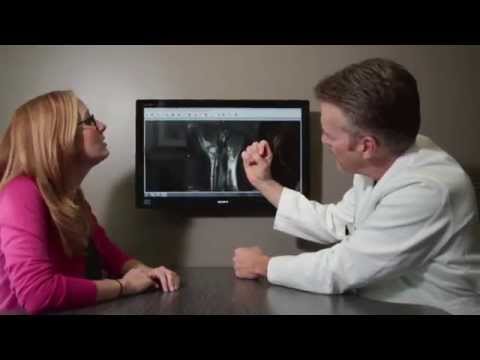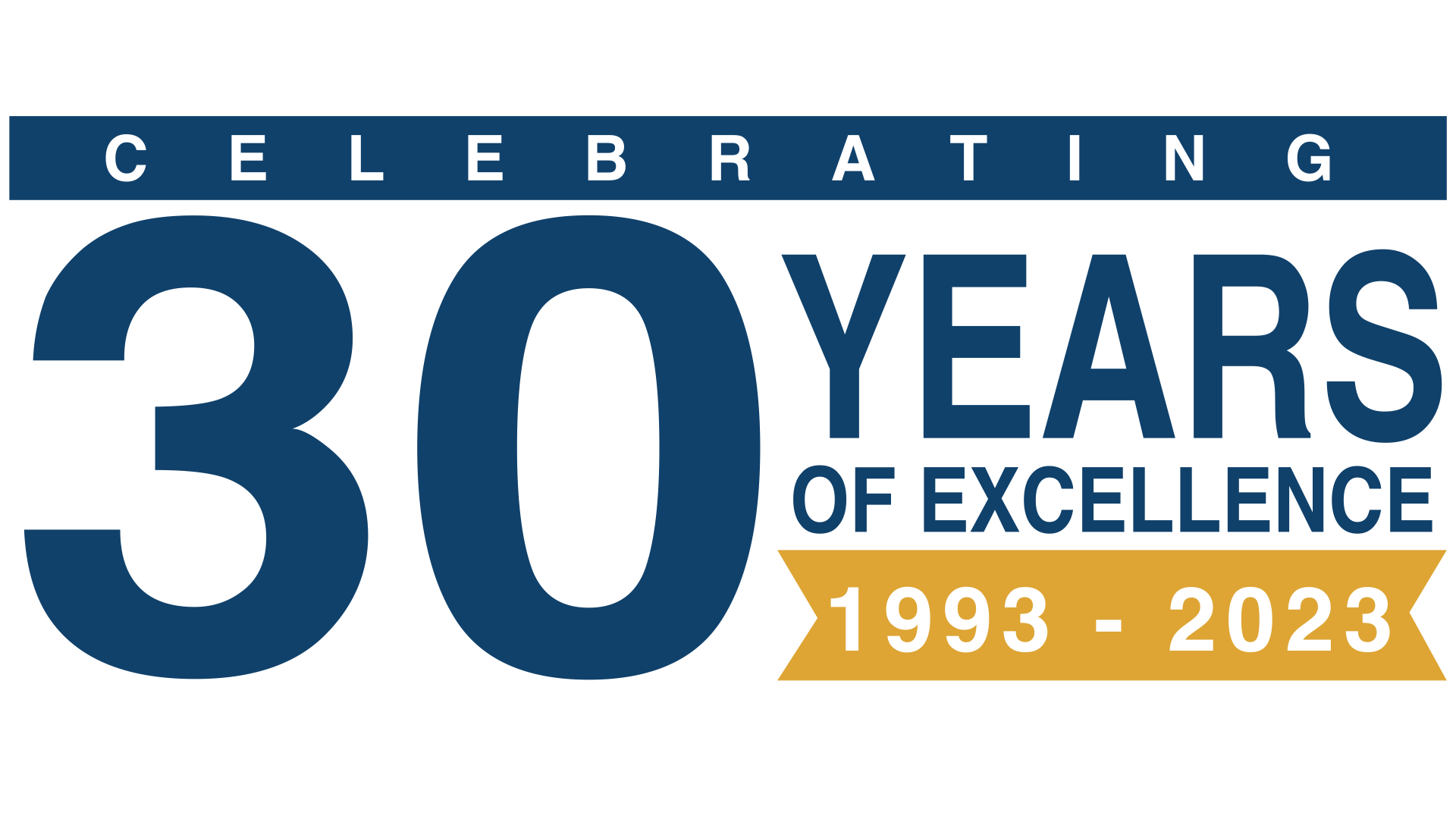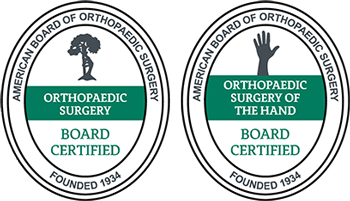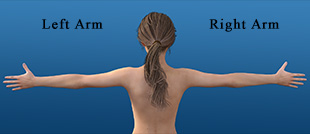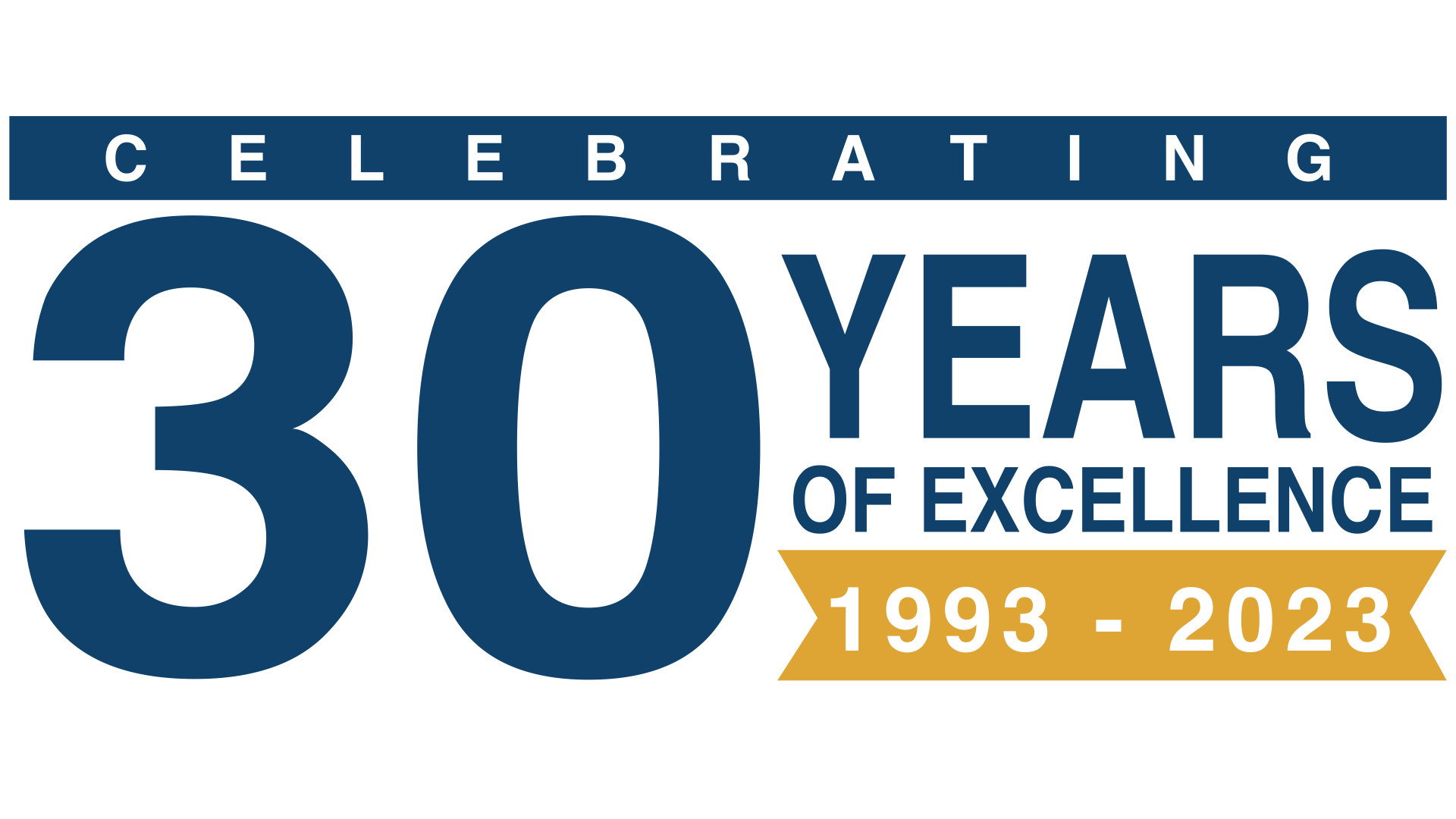Gamekeeper’s Thumb Symptoms & Treatment
Contents
- 1 What is Gamekeeper’s Thumb?
- 2 What Causes Gamekeeper’s Thumb?
- 3 Gamekeeper’s Thumb Symptoms
- 4 How is Gamekeeper’s Thumb Diagnosed?
- 5 How is Gamekeeper’s Thumb Treated in Dallas?
- 6 Prevention
- 7 How Can Dr. Knight Help You With Gamekeeper’s Thumb?
- 8 Gamekeeper’s Thumb Fact Sheet
- 9 Frequently Asked Questions:
- 10 Videos
- 11 Animated Videos
- 12 Surgical Video
One of the most common thumb injuries is gamekeeper’s thumb. Out of every 100,000 people, approximately 50 will experience this type of injury. Prompt treatment is important to retaining the full function of your hand. If you’ve sustained a hand injury playing padel at the Net Racquet Club in Dallas, Texas, or you’re struggling to hold and manipulate objects properly, you should consult your doctor as soon as possible to determine whether gamekeeper’s thumb may be the cause.
What is Gamekeeper’s Thumb?
Gamekeeper’s thumb is an injury to the ulnar collateral ligament (UCL). The UCL is located on the inside of the metacarpophalangeal (MCP) joint. This is the base of the thumb, and it’s where the thumb bones meet the hand bones. The MCP joint consists of a convex head on the MCP bone and a concave base at the proximal phalanx — the second bone. The UCL stabilizes the joint, holding both bones in place while allowing enough flexibility for the thumb to move.
Gamekeeper’s thumb occurs when the UCL is stretched or torn. A partial tear of the UCL leaves the ligament partially intact, still connecting the bones of the joint, while a complete tear tears the ligament all the way through, detaching it from the bones. It’s possible for the UCL to pull a portion of the bone away.


What Causes Gamekeeper’s Thumb?
This injury can be a repetitive stress injury caused by overuse of the joint or a sudden impact injury, such as falling on an outstretched hand. Gamekeeper’s thumb is often caused by skiing and is alternatively known as skier’s thumb. Racquet sports such as tennis can cause repetitive stress.
When falling and landing on your outstretched hand, the angle of the fall potentially damages your UCL. If you suffer from rheumatoid arthritis or use nicotine products, you’ll have a higher risk factor for gamekeeper’s thumb, because arthritis and nicotine both weaken the ligaments.

Gamekeeper’s Thumb Symptoms
Your UCL facilitates gripping and pinching motions, so an injured UCL often results in a weakened grip. You may struggle to move your thumb when attempting to hold something, or your grip is too weak to keep the object in your hand. You may experience pain, swelling, or bruising around the base of the thumb.
How is Gamekeeper’s Thumb Diagnosed?
If you’re presenting with symptoms of gamekeeper’s thumb, your physician will give your hand a physical examination to detect swelling, bruising, or other signs of injury. You’ll provide them with pertinent information about the onset of symptoms and whatever activity you were performing when the injury first occurred.
Doctors often use the valgus stress test to evaluate the integrity of your UCL. This is done by abducting and manipulating your thumb to determine whether the UCL ligament is stopping it at the correct point. The thumb should flex by approximately 30 degrees, though this varies in individuals. For a proper assessment, doctors typically compare the injured and uninjured hands by performing the valgus stress test on both hands. A complete UCL tear is often diagnosed when your injured thumb:
- Moves more than 35 degrees
- Bends 15 degrees more than the opposite thumb
- Doesn’t have a clear endpoint when stretched
The valgus stress test can be painful, so you may receive a lidocaine injection at the site of the injury prior to the test.
If the physical examination and valgus stress test are indicative of gamekeeper’s thumb, your doctor will order imaging tests to further evaluate your injury. This includes an X-ray to rule out fractures and an ultrasound or MRI to evaluate soft tissue damage.

How is Gamekeeper’s Thumb Treated in Dallas?
If your UCL is only partially torn, nonsurgical treatment may suffice. Your doctor will immobilize the thumb in a splint or cast, allowing the ligament time to heal. In the first days after the injury, ice and over-the-counter medications can provide pain relief for gamekeeper’s thumb. Usually, you need to immobilize your thumb for about three weeks. After that, your doctor may recommend removing the splint or cast to enable physical therapy and strength exercises to improve the range of motion in your hand.

A completely torn UCL usually needs surgery. Internal fixation surgery for gamekeeper’s thumb is often performed as an outpatient procedure. The surgeon makes a small V- or S-shaped incision at the base of your thumb to access the ligament. He anchors the ligament to the bone or rejoins the ligament’s torn ends with tiny sutures. If your bone was fractured, he will repair this as well, usually with screws or wires to hold it in place.

On completion, your surgeon will close the incision with sutures and splint your hand. You will then follow a rehabilitation plan similar to that of a partial UCL tear. The recovery time for a gamekeeper’s thumb surgery is usually three to four months after surgery.
nt your hand. You will then follow a rehabilitation plan similar to that of a partial UCL tear. The recovery time for a gamekeeper’s thumb surgery is usually three to four months after surgery.
Prevention
If you ski or play racquet sports, you should know the best way to prevent gamekeeper’s thumb. If you fall with a ski pole or racquet in your hand, release it as soon as possible, as gamekeeper’s thumb often occurs when the hand is gripping onto something when it hits the ground.
How Can Dr. Knight Help You With Gamekeeper’s Thumb?
Working in sports medicine, Dr. Knight is very familiar with this type of injury and is well-versed in its treatment. Upon ascertaining the severity of your case, he will proceed in the manner most appropriate to bring your hand back to full use.
We look forward to helping you live a more pain-free life.Dr. Knight is one of the top hand doctors in Dallas. Visit Dr. John Knight at our Southlake hand and wrist center or Dallas office location.
Gamekeeper’s Thumb Fact Sheet
| Why does gamekeeper's thumb have that name? | Gamekeeper's thumb is also known as Skier's thumb, which is probably a better term for it nowadays, as there are very few gamekeepers around anymore. Originally, the name was given because many gamekeepers came down with the condition due to the way in which they used their thumb and forefinger to snap the necks of rabbits and pest animals during the execution of their duties. |
| How will the doctor test for gamekeeper's thumb? | There are no laboratory tests that aid in the detection of gamekeeper's thumb, but physical examination will allow the doctor to determine the precise nature of the injury, and if the ligament has been partially or fully severed. An X-ray may be utilized to make sure there is no bone involvement or fracture, and MRI can give a better view of the soft tissue, but usually the physical examination will indicate the extent of the damage and the probably course of action. |
| How common is gamekeeper's thumb? | Gamekeeper's thumb accounts for close to 85% of all treated injuries to the base of the thumb, and it is the second most common injury reported as a result of skiing. It can also occur in sports involving bats, or in a fall from a bicycle or motorcycle. That is to say, it is VERY common and any hand specialist will see hundreds of cases a year. |
| What are some symptoms of gamekeeper's thumb? | Pain at the base of the thumb is the most obvious and common symptom, acocmpaneid by swelling and weakness, and loss of the ability to pinch the thumb and forefinger together. In more severe cases, pain from the thumb may be referred to the wrist, but this is not necessarily a diagnostic feature. |
Frequently Asked Questions:
How can you get Gamekeeper’s Thumb?
Gamekeeper’s Thumb is always the result of trauma to the base of the thumb, which causes the thumb itself to jerk out violently from the palm of the hand, and the ligament at the base of the thumb metacarpal is torn. This type of injury can be the result of several actions. The name Skier’s thumb comes from the commonness of this injury to skiers, as well as people who play racket sports, because the hand is constantly gripping tightly a handle, which can put a strain on the ligament. The name Gamekeepers’s Thumb is an older one and comes from the action of gamekeepers snapping the necks of rabbits and small pest animals, which mimics the action of squeezing a racket or ski handle.
Does Gamekeeper’s Thumb require surgery?
Surgery is typically only considered for this condition if the ligament at the base of the thumb is fully severed. If the tear is partial, then a cast or a thumb spica splint can be used to immobilize the joint and keep the ligament in place while it heals itself together again. Surgery can take one of two forms, depending on the precise nature of the injury to the ligament. Most commonly, the ligament is torn somewhere along the midline, and is sewn together like two ends of fabric to heal together. More rarely, the ligament may be torn away from the bone directly, so it has to be sutured directly to the bone, which can necessitate a longer recovery period.
How long does Gamekeeper’s Thumb take to heal?
Whether treated conservatively or with surgery, the recovery time for a gamekeeper’s thumb is generally from four to six weeks, either in a cast or splint after surgery. A period of physical therapy will be integral to the recovery process to ensure that the ligament heals correctly.
Videos
Gamekeeper’s Thumb – All You Need to Know
Animated Videos
Surgical Video
Note: The following videos contain graphic images.
Disclaimer
HandAndWristInstitute.com does not offer medical advice. The information presented here is offered for informational purposes only. Read Disclaimer



